The werewolf has always held a special place in the hearts of horror fans around the globe. Whether you’re drawn in by the transformation from human to beast or captivated by the rich folklore history, there’s something undeniably enticing about these shape-shifting creatures. Across decades, the werewolf has evolved from a monstrous figure to a complex character that mirrors our own fears, desires, and dualities. So, why exactly does the werewolf continue to captivate horror fans worldwide? Let’s unleash the beast and explore!
7 Reasons Why the Werewolf Captivates Horror Fans
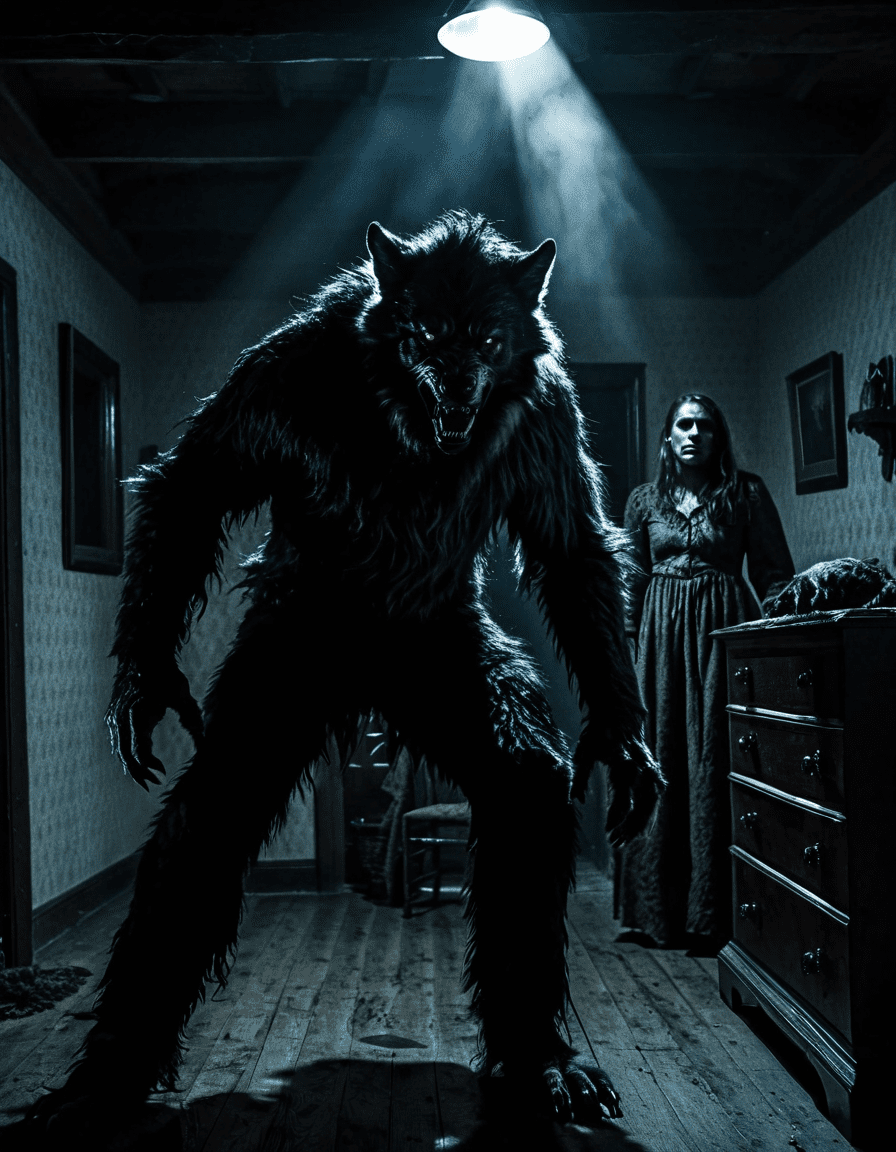
1. Cultural Roots and Evolution in Folklore
The werewolf myth runs deep in our history. Ancient lore tells tales of the Lycanthropi of Greece, and Nordic sagas have long featured these transformations. Over the years, these stories have morphed, reflecting humanity’s fascination with transformation and our darker instincts. Films like An American Werewolf in London (1981) changed the game, introducing humor alongside horror, and presenting the werewolf as a tragic figure. It’s no wonder that stories like The Wolfman (2010) reinvigorated the myth for a new generation.
2. Symbol of Repressed Desires
Werewolves encapsulate the concept of repressed urges and primal instincts, hitting a nerve with audiences everywhere. Imagine grappling with your identity while fighting your inner beast—seriously, who can’t relate? In Midnight Mass (2021) on Netflix, characters wrestle with their hidden natures, and those werewolf vibes become a way to explore real issues like identity and morality. It’s the ultimate haunted metaphor that resonates deeply.
3. The Duality of Humanity
Ever thought about the duality within us as humans? The werewolf’s transformation is a killer representation of this. HBO’s gripping series, The Outsider (2020), dives deep into a murder investigation that straddles the line between horror and the psyche. This exploration of personal conflict—struggling between civility and savagery—draws viewers in, prompting them to ponder their own internal battles. Are we all just one moonlit night away from becoming something we don’t recognize?
4. Visual and Aesthetic Appeal
Nothing gets horror fans buzzing like some jaw-dropping visual effects, and werewolves bring their A-game. Just look at the practical effects in Ginger Snaps (2000) or the slick CGI transformations in the Underworld series. These on-screen makeovers are not just spectacles; they create a visceral tie between us and the creature. The thrill of witnessing a character transform directly mirrors our own fascination with change and evolution.
5. Modern Adaptations and Social Commentary
The werewolf is not just a monster; it’s a mirror to our societal woes. Take The Wolf of Snow Hollow (2020), for example, where sharp humor meets a chilling werewolf murder mystery, tackling topics like masculinity. The werewolf serves as a metaphor for the ‘monsters’ that we fear in our lives, unearthing layers of cultural critique that keep the narrative fresh and relevant. Who knew that a furry beast could give such insight?
6. The Rise of Strong Female Werewolves
Women are howling louder than ever in werewolf media, shattering old tropes. HBO Max’s Legacies (2018-2022) features relatable female werewolf characters who showcase their power and autonomy, leading the charge for change in horror. These stories not only highlight female strength but also redefine gender roles. Who says werewolves can’t be women, too?
7. Community and Fandom Culture
The werewolf fandom is thriving, and that’s no exaggeration! Fans engage through conventions, online forums, and incredible artwork, creating a buzz that keeps the lore alive. The creation of graphic novels and fan films enriches our collective storytelling experience. If you want chills, the werewolf community can provide them, all while lifting each other up through creativity. They’re building a world where werewolves can roam free for generations to come.
The Transcendency of Werewolf Narratives in Modern Cinema
Werewolf narratives have a magical ability to adapt to ever-shifting cultural landscapes. Unlike other horror tropes that can feel stale, these creatures continue to evoke sentiments of mystery, power, and our primal nature. Whether they emerge in gritty horror or even light-hearted comedy, they’re relevant in whatever era we find ourselves. With each iteration, the werewolf reflects our fears and desires, cementing its place in horror culture as an icon that refuses to fade away. By 2026, we can expect the werewolf to remain enigmatic, captivating audiences and inspiring fresh interpretations.
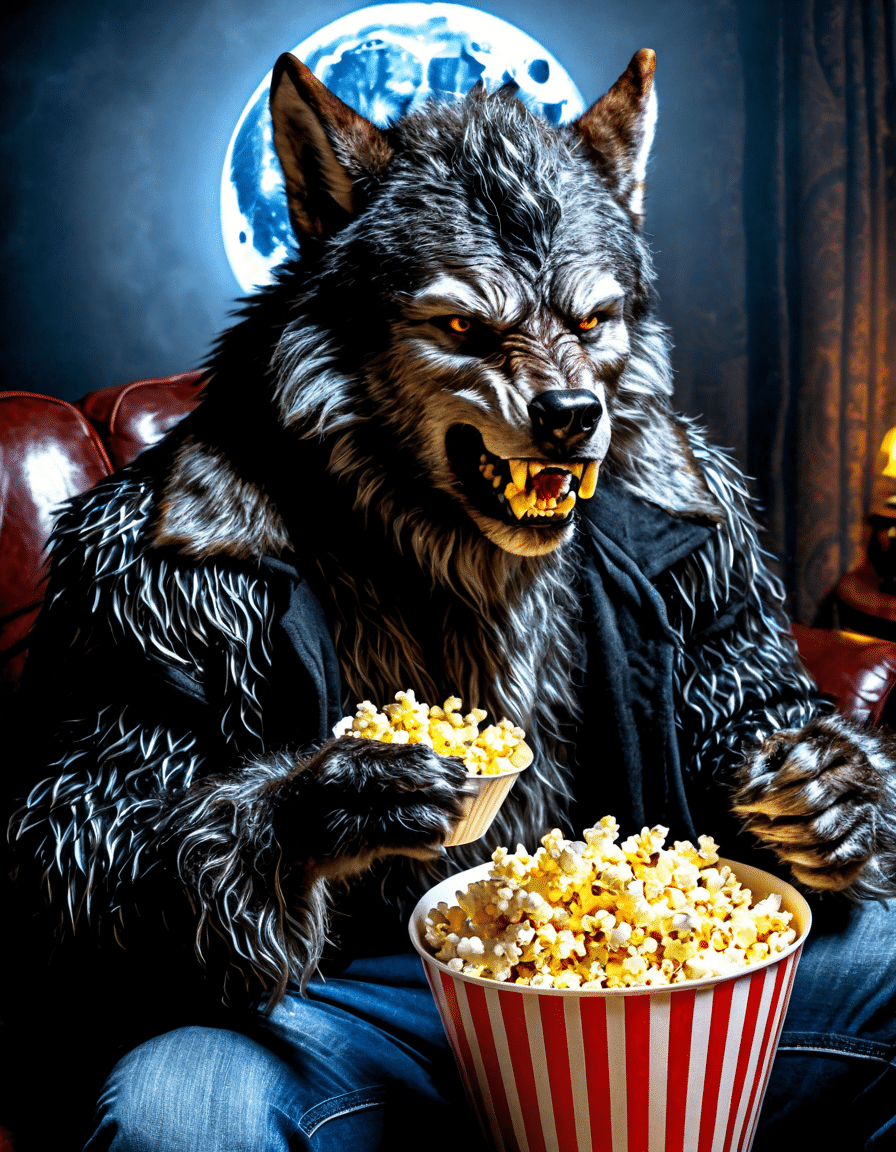
Celebrating the Werewolf Legacy: What Lies Ahead
The resurgence of interest in folklore-inspired stories indicates that werewolves aren’t going anywhere anytime soon. As filmmakers continue to reinterpret and reimagine these iconic figures, it’s clear we need to consider what these shape-shifters reveal about us. With every new portrayal, we delve into our internal struggles—whether it be morality, identity, or our shadow selves. The werewolf entices us not just as a creature of the night but as a reflection of our continuing quests for self-understanding. The endless exploration of these narratives stands to inspire fresh dialogues, creative ventures, and a cultural phenomenon that keeps horror fans howling at the moon for decades to come.
In this ever-evolving landscape of cinema, werewolves are here to stay—just like your favorite late-night horror marathons. So whether you’re hunkering down for a spooky film festival or joining a lively debate at a convention, remember that the werewolf is not just a monster; it’s a mysterious mirror reflecting the wild things within us all.
For more insights into werewolves and their cinematic journey, don’t miss the cool features on Werewolves. Happy howling!
The Allure of the Werewolf: Trivia That Howls
A Legacy of Transformation
Werewolves have captivated audiences with their chilling transformation from human to beast for centuries. This myth dates back to ancient civilizations, where stories often reflected societal fears and the struggle between civilization and primal instincts. Interestingly, Home Before Dark dives into the themes of discovery and uncovering dark secrets, similar to how werewolf tales often revolve around hidden identities and personal demons. In many horror flicks like Joy Ride, transformation aligns with underlying themes of betrayal and survival, demonstrating that the horror genre thrives on the unexpected.
How Myths Take Shape
Throughout history, werewolf lore has sprouted various interpretations, depending on culture. For instance, in some traditions, the full moon is said to trigger the transformation, while in others, a bite from another werewolf does the trick. Did you know that the character Cathy from popular lore embodies the ever-fascinating theme of duality? This presents a parallel to the moral conflicts faced by characters who wrestle with their monstrous sides. Additionally, upcoming releases like Locke and Key Season 4 promise to unveil more supernatural twists inspired by these age-old tales, keeping the werewolf fantasy alive.
Celebrities and Their Wild Encounters
Even modern stars can’t escape the allure of werewolves. In fact, Valentina Paloma pinault, daughter of actress Salma Hayek, has carved out her own quirky journey within the film industry, tapping into similar supernatural elements. Werewolf lore often serves as a reflection of inner turmoil, and stars often delve into these roles seeking to express deeper truths. It’s intriguing to think how the tragic story of Aaliyah Died resonates with themes of loss, urging filmmakers to explore these heavy emotional narratives through various characters, including werewolves.
As fans and creators continue to explore these wild transformations, whether it’s through classic tales like Key Largo or modern adaptations like Jack The Box, the werewolf mystique remains a captivating force in horror. So the next time you hear a howl in the night, remember the rich folklore and cinematic history lurking beneath—it’s this blend of reality and myth that keeps us howling for more!
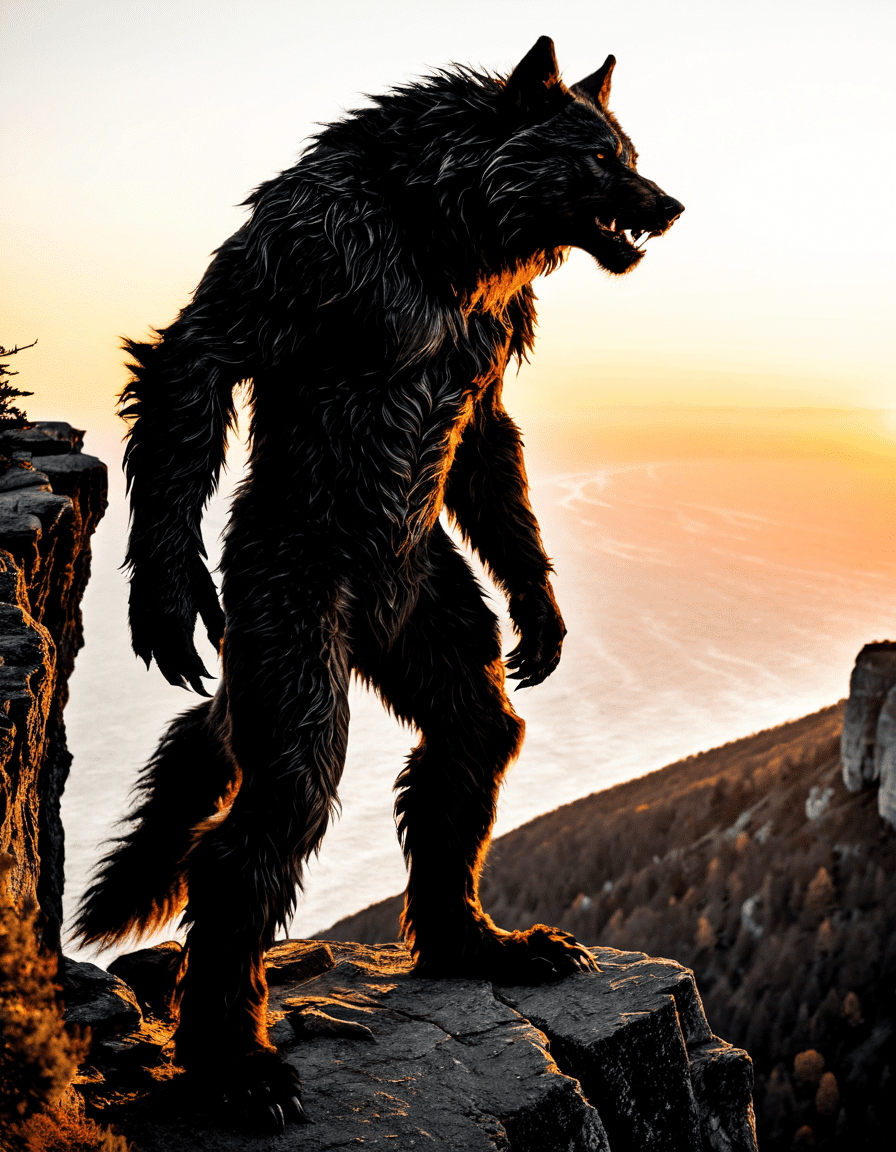

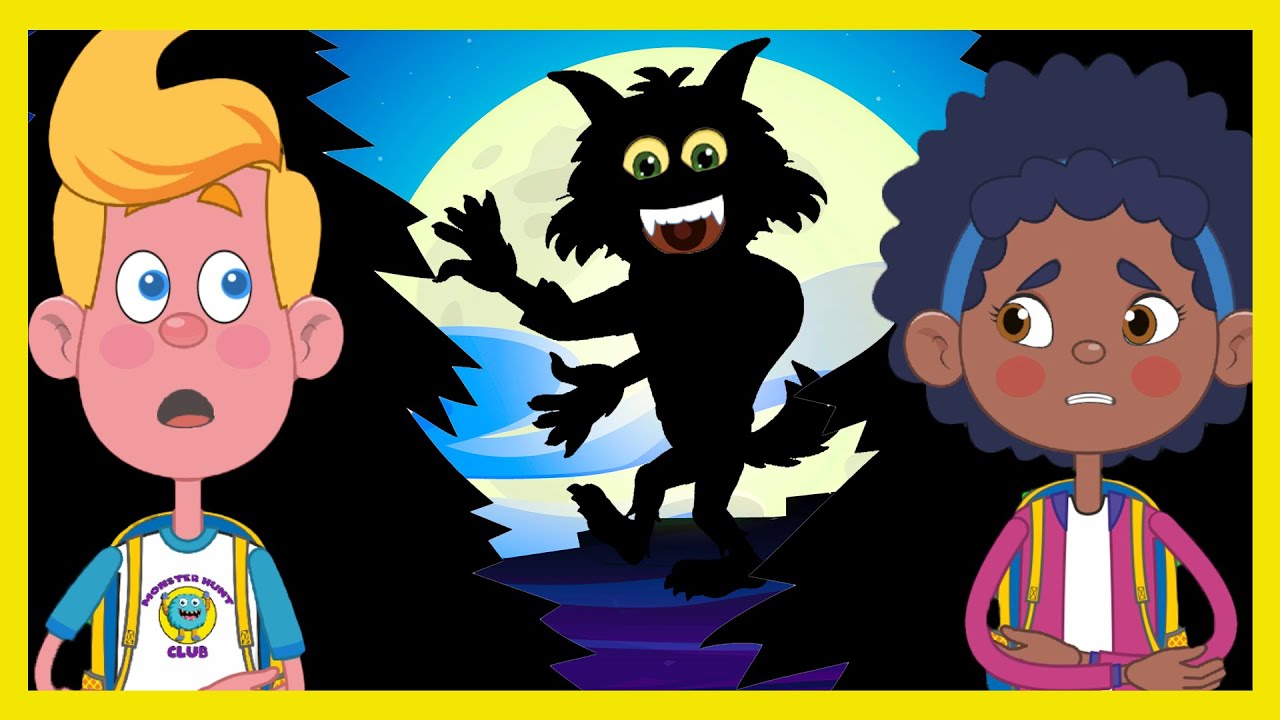
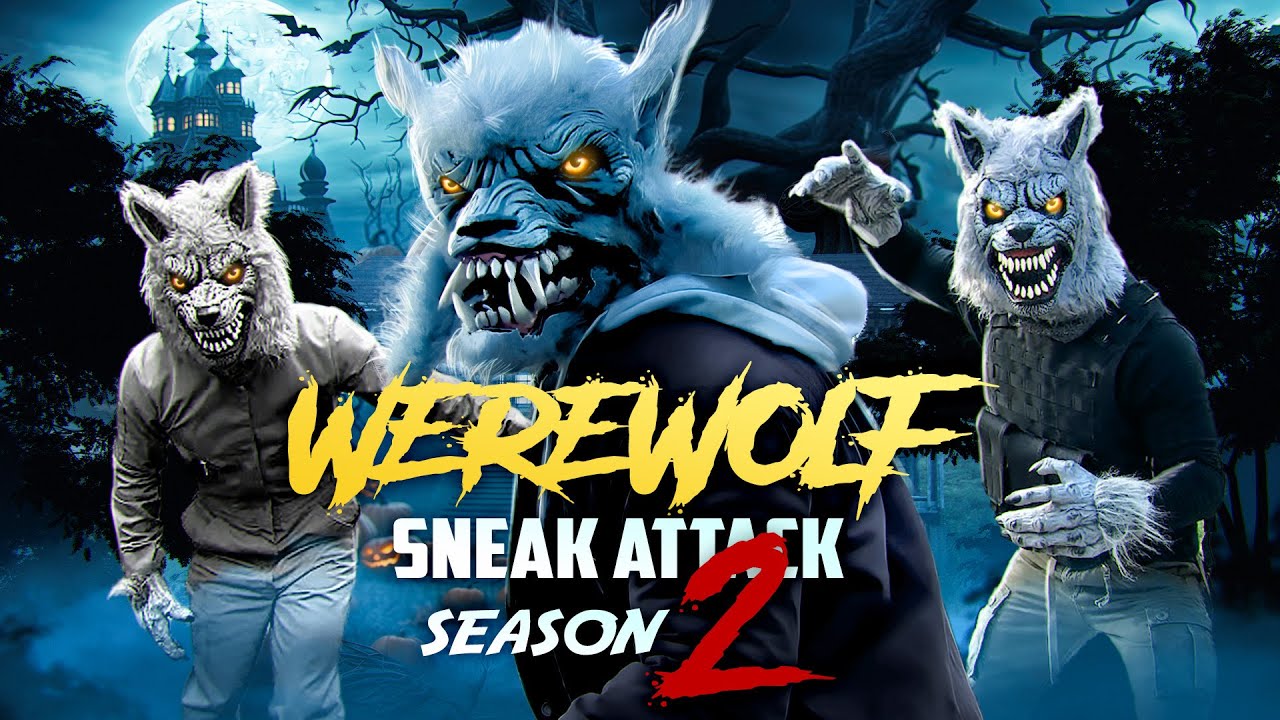
![Motionless In White - Werewolf [Official Video]](https://www.cinephilemagazine.com/wp-content/cache/flying-press/3b9cb0c76474e2c7aaecdaffe5039d74.jpg)



